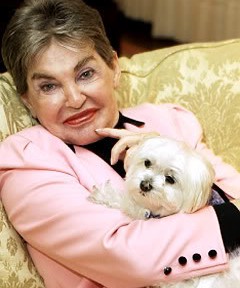
We’ve recently published many stories as of late, detailing the extravagant legacies left behind by some rather wealthy people. The deceased have left their mark on the world; donating vast sums of fortunes to charitable institutions, facilities, or to their loved ones.
Does an employee count as a “loved one?”
Indra Tamang is an former butler who inherited a fortune from his now-deceased employer, Ruth Ford. The fortune he inherited is his reward for his years of steadfast loyalty spanning over three decades, working as a cook and a caretaker for his now-deceased employer. Indra now owns an estate worth $8.4 million dollars.





